calsfoundation@cals.org
Austin (Lonoke County)
| Latitude and Longitude: | 34°59’54″N 091°59’02″W |
| Elevation: | 246 feet |
| Area: | 3.10 square miles (2020 Census) |
| Population: | 3,460 (2020 Census) |
| Incorporation Date: | October 22, 1895 |
Historical Population as per the U.S. Census:
|
1810 |
1820 |
1830 |
1840 |
1850 |
1860 |
1870 |
1880 |
1890 |
1900 |
|
– |
– |
– |
– |
– |
– |
– |
– |
– |
196 |
|
1910 |
1920 |
1930 |
1940 |
1950 |
1960 |
1970 |
1980 |
1990 |
2000 |
|
177 |
163 |
123 |
145 |
154 |
210 |
236 |
269 |
235 |
605 |
|
2010 |
2020 |
|
|
|
|
|
|
|
|
|
2,038 |
3,460 |
|
|
|
|
|
|
|
|
Austin is a second-class city situated in northern Lonoke County. The railroad was responsible for moving the settlement of Old Austin (Lonoke County) a mile to the northwest of its original location; in the twenty-first century, many of Austin’s residents work in Little Rock (Pulaski County).
Old Austin had been established before the Civil War and included a wool carding factory, a hotel, three doctors’ offices, three saloons, and a number of stores. No major Civil War confrontations took place in the area, but Camp Nelson was established as a Confederate winter camp and became also a Confederate cemetery during the war. The community revived after the war but was bypassed by the building of the St. Louis, Iron Mountain and Southern Railroad in 1872 and 1873. Newer buildings were erected closer to the railroad, and some older buildings were dismantled and transported to the new location. At first, the older community was known as Austin and the railroad city was called Austin Station. Over time, the dwindling settlement began to be called Old Austin, and the newer city was simply called Austin.
According to Goodspeed’s history, in 1889, Austin Station included three general stores, one drugstore, one cotton gin, one post office, a “collection of residences,” and several railroad buildings. In the early twentieth century, the population declined to well under 200 inhabitants, reaching a low of 123 in 1930. The principal industry in the area was fruit orchards, including the Murrell Nursery. Austin’s one-room schoolhouse was eventually closed, and the school district was consolidated into the Cabot (Lonoke County) system.
Improvements to Highway 67 around the time of World War II made the city more attractive to men and women who had jobs in Jacksonville (Pulaski County)—first at the ordnance plant, and then after the war at the Little Rock Air Force Base—and in Little Rock or North Little Rock (Pulaski County). A building boom after 1990 led to a population explosion as subdivisions were built west of the highway. Austin remains part of the Cabot school system. Amid its residences, the city also includes a post office, two restaurants, and several churches—Baptist, Pentecostal, and Church of God. The community holds a festival each September, Austin Fest, which raises money for the volunteer fire department. Attractions include a parade, a car show, food stands, and live music.
For additional information:
The Goodspeed Biographical and Historical Memoirs of Central Arkansas. Chicago: Goodspeed Publishing Company, 1889.
McGraw, Shirley, and Carol Bevis. Lonoke County, Arkansas: A Pictorial History. Virginia Beach, VA: The Donning Company, 1998.
Steven Teske
Butler Center for Arkansas Studies
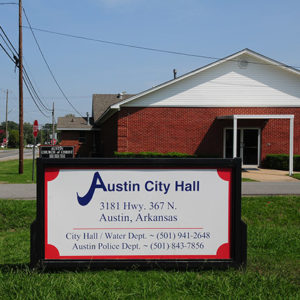 Austin City Hall
Austin City Hall 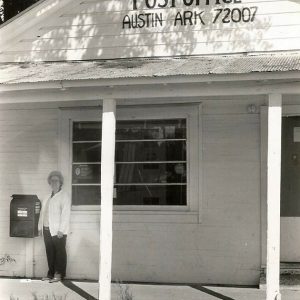 Austin Post Office
Austin Post Office 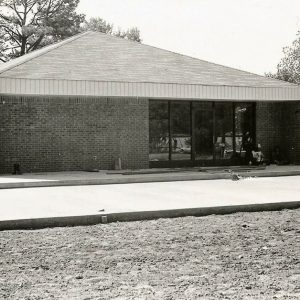 Austin Post Office
Austin Post Office 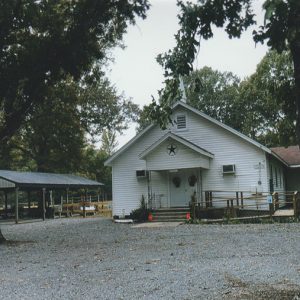 Austin Church
Austin Church 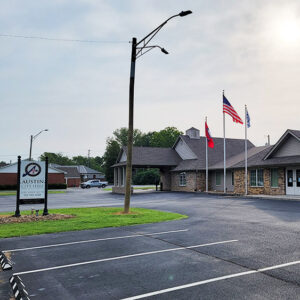 Austin City Hall
Austin City Hall 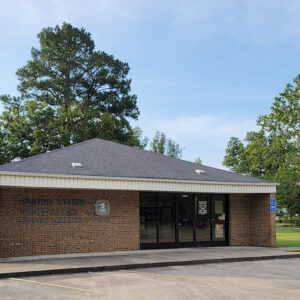 Austin Post Office
Austin Post Office  Austin Street Scene
Austin Street Scene 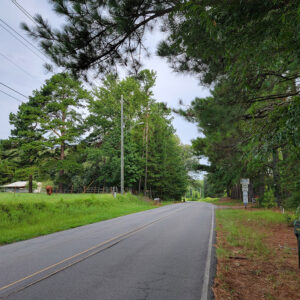 Entering Austin
Entering Austin  Lonoke County Map
Lonoke County Map 




Comments
No comments on this entry yet.